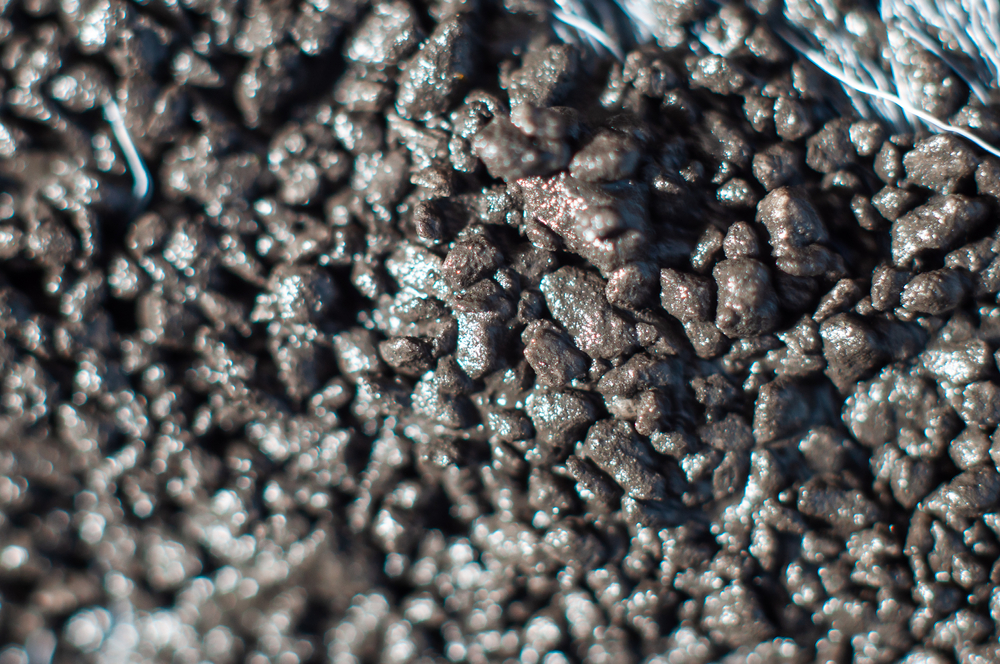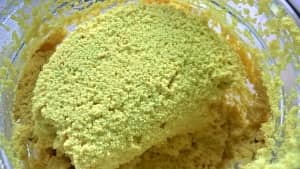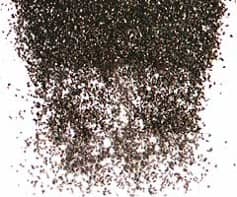Catalytic Carbon Filter Media in CA
Karbonous Manufactures and Supplies High-Quality Catalytic Carbon Filter Media
Catalytic Carbon is one of the most popular and promising filter choices in the purifying sector. The surface structure of activated carbon is altered to generate catalytic carbon. It is altered by high-temperature gas processing to alter the electronic structure and provide the maximum amount of catalytic activity on carbon.
Not only is it effective at removing sediments, but it is also effective at removing negative ions (such as chloramine, chlorine, Sulphur, and natural dissolved compounds), unpleasant tastes and smells, and VOCs from your water, ensuring that your entire household has access to clean and fresh water.
From the application perspective, catalytic carbon performs efficiently when it comes to getting rid of sediments, such as Chloramines, Chlorine, sulfur, and Most Other VOC (Volatile Organic Chemicals). It also contributes to removing odors and undesirable tastes from the water, enabling to supply of fresh and clean water to the household.


Why Use Catalytic Carbon Media?
- Absorption of organic compounds
- Dechlorination
- Improvement of odor and taste
- Hydro carbon removal
Highlights
- Enhance ability to adsorb volatile natural chemicals
- Removes herbicides and pesticides
- Removes halogens from the water
- Highly permeable: excellent filtration media against contaminants
- Decent resistance against wearing and tearing
- Improves the appearance and taste of water
Why Remove Chlorine and Chloramine from Water?
This method can also be used in conjunction with H2O2 in a well.
- Chlorine is an oxidizer, commonly used to reduce or remove VOC and disinfect water.
- Chloramine is made by mixing ammonia and chlorine, which reduces the chlorine effects.
- Chlorine levels up to 4 milligrams per liter (mg/L or 4 parts per million (ppm)), and this number is safe in drinking water, according to cdc.gov. A swimming pool may contain 2.0 to 3.0 PPM.
- Chlorine takes 30 minutes to kill bacteria and organisms at the temperature above 18 degrees Celsius. It is better to reduce or remove the chlorine content from the water after the chlorine has done its job.
The carbon used in a filter media is a high activity granular and catalytic activated carbon prepared by steaming coconut shell carbon. The activated carbon’s catalytic action makes it highly capable of removing chloramines from water. Its numerous pores make it porous, a high level of porosity is the suitable property needed for the removal of low molecular weight organic compounds, such as trihalomethanes (THMs) and chloroform. Another useful property of catalytic carbon is its hardness. Besides, the complete de-dusting during the manufacturing of carbon filters makes sure an excellent clean product.


Catalytic Carbon Filter Media Products
Karbonous Inc. offers a wide selection of catalytic carbon filtered media products used in the purification industry such as ion exchange resin, anthracite, filter gravel, filter sand, and specialty media. Karbonous Inc. works directly with third parties in order to find the solution for your filtration needs. We have strong ties to industry leaders of other types of filter media products to serve you with the best filter media solutions in the business.
In addition to the bulk supply of these catalytic carbon-filtered media products, Karbonous Inc. offers media replacement and exchange services as well.
Catalytic Carbon Filter Media Offered by Karbonous Inc.
- Anthracite
- Activated carbon media for water treatment
- Ion exchange resin
- Filter sand
- Filter gravel
- Greensand
How is catalytic carbon media made?
To manufacture catalytic carbon, the surface structure of activated carbon is altered. It undergoes high-temperature gas processing in order to change the electronic structure and give the most catalytic activity on carbon for reducing chloramine and H2S in water.
What are the applications of Catalytic Carbon Media?
- Effective at removing sediments
- Effective at removing negative ions such as chloramine, chlorine, Sulphur, and natural dissolved compounds.
- Unpleasant tastes and smells.
- Removing VOC (Volatile Organic Chemicals).
- Removing odors and undesirable tastes from the water, so that clean and fresh water can be supplied at homes.
How often should I replace catalytic carbon media?
We recommended replacing the Catalytic Carbon every 6-12 months, depending on your usage.
